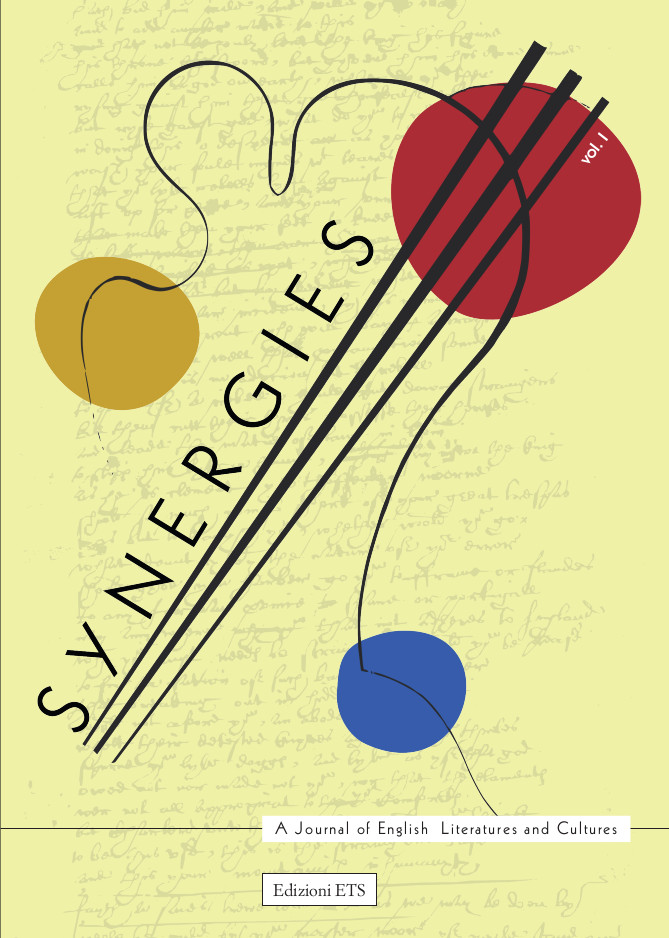The Freeing Violation: A Quantum Approach to Planetary Healing in Margaret Atwood’s Trilogy
DOI:
https://doi.org/10.4454/syn.v1.374Parole chiave:
Utopia, Dystopia, Oxymoron, Quantum physics, Genetics, ExtinctionAbstract
In Margaret Atwood’s MaddAddam trilogy (2003-2013), rhetoric fulfills a thematic role and even exerts a sort of supremacy over the decisive role played by its scientific counterpart (‘word person’ vs. ‘numbers person’). The balance of power is well represented by the specularity of the couple Adam/Crake. A mirroring of qualities – showing a continuum rather than a divide – is ubiquitous among the characters. Oxymorons, in particular, are like a fil rouge leading towards a crucial point of reversal of perspectives and values, a hidden level where antinomian couples reveal their secret union and complex interplays, such as science and religion, dystopia and utopia, outer appearances and the inner fabric of matter. References and suggestions coming from quantum theory can provide a unifying pattern and new keys to decipher the arabesque of fictional reality and possibly speculate about real developments. The magician “Slaight of Hand”, another of Adam’s doubles, obliquely evokes the greater illusionism at work in the phenomenal world – Māyā, as it was called in ancient India – and sets out to divert our attention from the crucial spots where meaningful action takes place. In Atwood’s trilogy, private revenge and more general bio-ecological motivations favouring non-human forms of life converge so as to end the Anthropocene via a mass genocide and unscrupulous genetic practices. Yet, once the game changer is reached, all masterminds at work will lose their grip on the course of events, thus paving the way for the secret roots of existence to overturn old binomial patterns and establish new equilibriums.
Dowloads
Pubblicato
Fascicolo
Sezione
Licenza
I file contenuti nei fascicoli della rivista sono scaricabili solo su abbonamento entro 24 mesi dalla data di pubblicazione. Trascorso il periodo di embargo, i contenuti diventano ad accesso aperto e regolamentati dalla licenza generica Creative Commons versione 4.0 (cc. By 4.0). Il copyright dei singoli articoli va all’editore alla data di pubblicazione del contributo e torna agli autori e alle autrici una volta trascorso il periodo di embargo.
La rivista non richiede ad autori e autrici nessuna tariffa per la pubblicazione dei loro contributi.
Nel caso in cui l’autore/autrice voglia richiedere l’immediata pubblicazione in accesso aperto del proprio contributo, senza quindi attendere la data di scadenza del periodo di embargo, sarà tenuto/a a versare la cifra di 500,00 euro. Per avanzare questo tipo di richiesta è necessario rivolgersi al nostro ufficio di amministrazione (amministrazione@edizioniets.com) e alla responsabile delle riviste (journals@edizioniets.com) comunicando: titolo del contributo, estremi del fascicolo in cui esso è contenuto, dati della persona a cui intestare la fattura, presenza di eventuali finanziamenti di ricerca.


